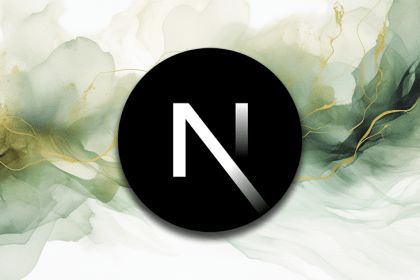
OpenNext is an open source adapter for the Next.js framework that helps integrate your Next.js app smoothly with AWS services like Lambda.
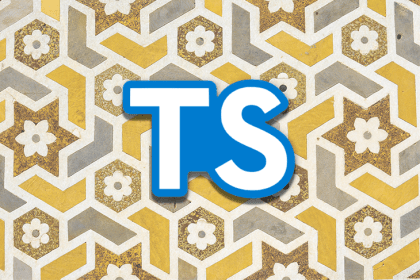
We discuss function overloading in TypeScript and investigate how (and in what scenario) )we can most effectively implement it.

Learn to enable React Native comments by building an example app from the ground up using Firebase for data storage and user auth.

We explore how to manage vector data in a PostgreSQL database using Supabase and how to create embeddings with OpenAI.

getServerSideProps and getStaticPropsCompare the `getInitialProps`, `getServerSideProps`, and `getStaticProps` data fetching methods, and how they work for server-side rendering and static site generation.
Avoid common module problems in TypeScript using the TypeScript compiler and module system.
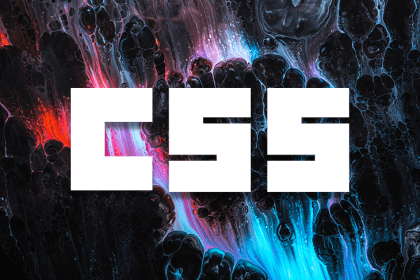
A lot has changed about programming since the CSS lobotomized owl selector was introduced in 2014. Learn to use it in a modern context here.
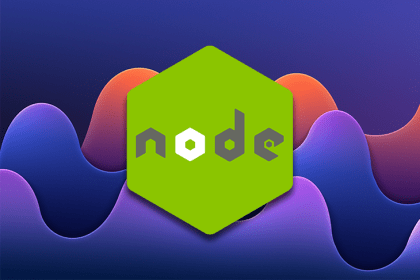
In a Node.js app, you can send emails using an email API to better automate and customize communications with your users.
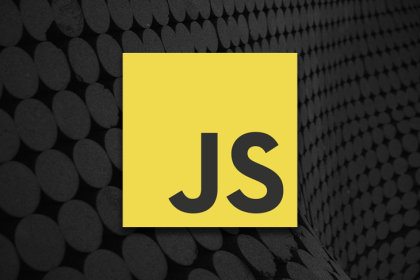
Compare schema validation libraries, Zod and Yup, in terms of validating common data patterns such as primitives, objects, and arrays.

Learn how to use Kanel to generate TypeScript types from PostgreSQL, then see it in action by building a to-do app.
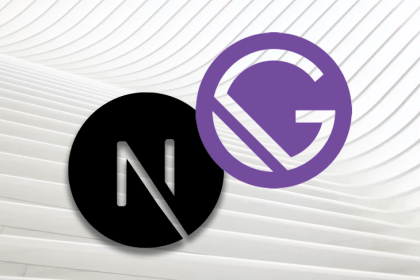
Compare the two React frameworks, Gatsby and Next.js, based on use cases and performance when building a variety of websites.

Leverage React Native animation libraries to improve user experience in terms of interactions and engagement.